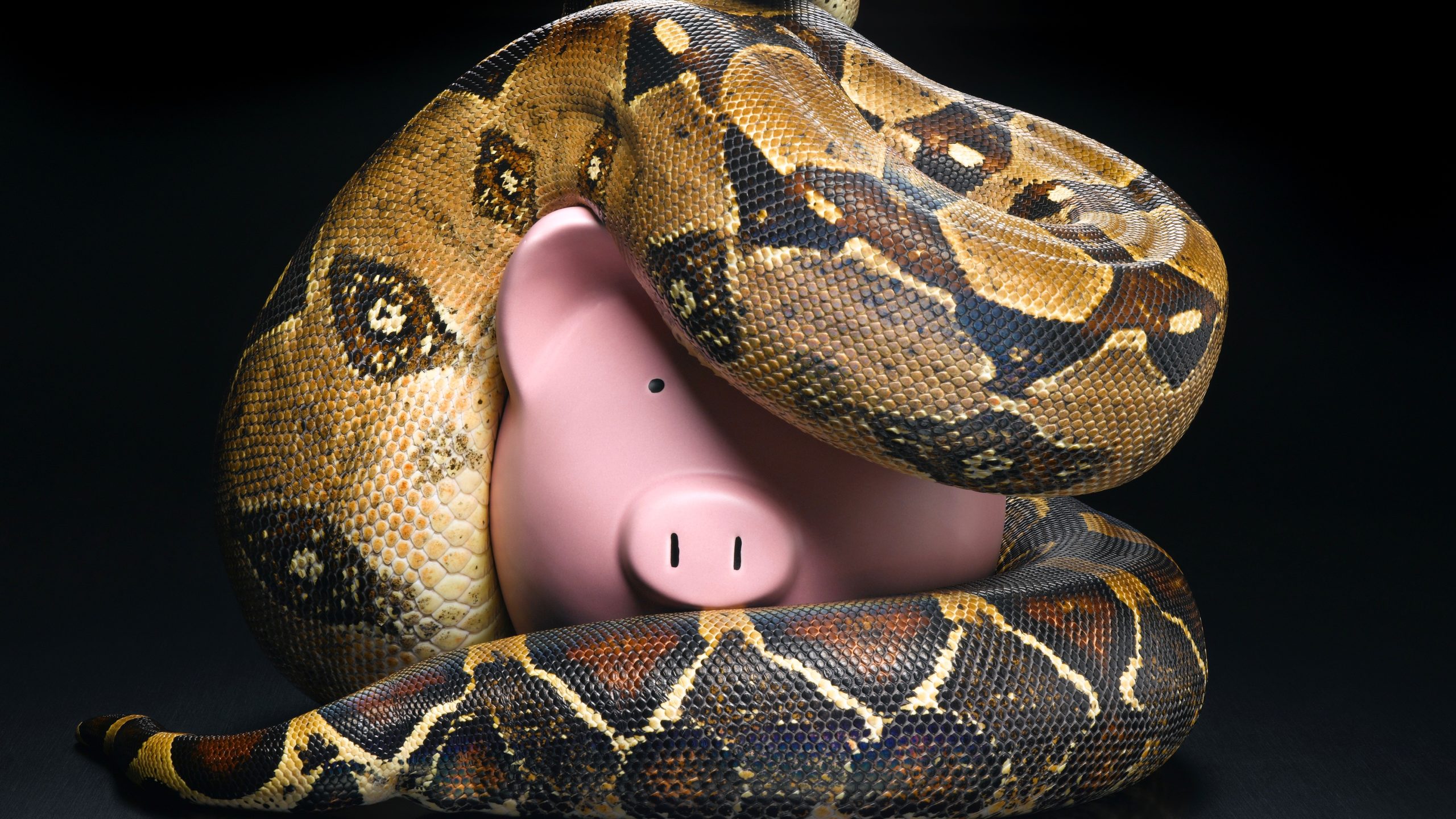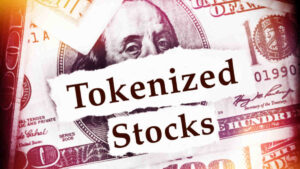‘Like a python trying to swallow a pig’: Talking Terra LUNAcy with Sydney crypto fundie Balmoral Digital

Getty Images
The dust is nowhere near settled on the craziest crypto story of the year – the US$60 billion Terra ecosystem implosion. We’re still trying to make sense of it, which is why it’s helpful to chat about it with industry experts such as Angus Crennan, a founding partner of Sydney fund manager Balmoral Digital…
The python and the pig – a crypto fable
Hi Angus. The crypto industry is still reeling from what happened with Terra and its LUNA and UST-based ecosystem – can you give us your perspective on what happened?
It’s an excellent question and, to be honest, we still don’t have all the answers. There are a number of theories, but I suspect we won’t know the true reason until much later. We do know that the initial sell-off was from that Curve pool, but that’s all that has been confirmed. [Curve, as simply as we can, is an exchange liquidity pool built on Ethereum and designed for efficient stablecoin trading].
The unpegging [of the UST stablecoin], though – it’s a liquidity issue, akin to a bank run. Watching the LUNA and UST ecosystem through the attack was like watching a python trying to swallow a pig. Most importantly, it’s not a solvency issue.
A python swallowing a pig… (approximates Pauline Hanson voice) please explain?
An orderly market operates on two types of orders – market orders which execute immediately, and limit orders which provide a bid and ask at prices that don’t currently meet the market. If a market sell order arrives that is many times larger than the limit order book of bids, then the sell matches all the bids in the market, including the “low ball” bids, thus realising lower and lower prices.
Others in the market see that price action and get nervous, some get so nervous that they also want to sell, but no one wants to buy because that would be “catching a falling knife”. The pig in the python refers to a huge volume of selling demand trying to exit via a goat track of liquidity because buyers are too nervous to bid while sellers are frantic to sell.
It’s in that environment you have a disorderly market where price action can swing wildly, which is what we saw with LUNA and UST.
We’ve heard it being described as crypto’s Lehman Brothers moment? Is it?
No. These crises moments allow the ecosystem to evolve and improve. There have been previous crises and markets are always prone to abrupt changes in investor sentiment all the way to extremes in fear and greed.
In the GFC, the Commonwealth of Australia even had to guarantee NSW Government Bonds which were extremely high investment grade!
Is the worst over? And are algo stablecoins dead?
The market has reacted strongly to the LUNA fiasco, although perhaps it’s merely compounding an existing macro-influenced downtrend. Do you think we’ve seen the worst of the sell-off ?
I think it’s too early to know. Had the market been better informed and more confident to step up and absorb the selling pressure, then the LUNA and UST ecosystems would have been okay.
Now, however, confidence is very heavily damaged and so discussions are ongoing about what to do, with the main options being to burn off the excess LUNA created or to hard fork the Terra network and start again with Luna 2.0.
What’s your opinion on algorithmic stablecoins after this? Is there a future for them? Is this reputational damage surmountable?
I think there is a future for algorithmic stablecoins, because there is a demand for stable assets with cryptographic elements that can trade through blockchains.
The lack of anchoring in traditional assets is both a strength and weakness. The strength is demand for those differentiated characteristics and the utility those coins could offer in future blockchain ecosystems for ecommerce, governance and so on.
The weakness is that the design of the assets backing those stablecoins needs to be exceptional, incorporating treasury as well as portfolio construction and asset-liability management expertise to balance out various risks.
Do you see investment opportunities in the market now… either a) because of the Terra implosion… or b) because opportunity was there anyway?
Absolutely! The imbalance in peer-to-peer blockchain markets provides us very good opportunities.

Headwinds, tailwinds, what’s the forecast?
What potential headwinds and/or tailwinds are you seeing for the crypto market ahead, both locally and globally?
Crypto investments face regulatory risks. Regulation is welcome and closing gaps will improve confidence in this new asset class, which some still regard as “magical internet money”. Investors who have been burned by LUNA and UST have had a traumatic experience, which highlights the need for good diligence and risk management in what will remain a highly correlated and exceptionally volatile asset class.
But yes, there are strong tailwinds, too – for example, the 44 largely unbanked emerging-market countries recently getting together with El Salvador to discuss using Bitcoin.
There’s also the rapid adoption of smart contracts for post-trade settlement solutions within global commodity markets, and tracking ESG and carbon for example.
And Visa, one of the world’s best known payments systems, is sponsoring Solana hackathons given the incredible speed and efficiency of the Solana blockchain. If Visa can see the appeal of utilising Solana, then other companies will equally be looking into how they can best utilise blockchain tech.
Finally, the LUNA drama has lumped another stress test this year on crypto funds such as yours. But how is the Balmoral Digital Assets Fund holding up?
Outstandingly. We’re on track to deliver more than 20 per cent to our clients this year and we expect to deliver a positive return this month despite the market stresses.
Our fund was well placed with very strong risk management in place. We expect to do well over May and are even more confident our risk management and return generation profile is correct.
The Balmoral Digital Assets Fund is an accredited, crypto-focused investment vehicle that runs close to “delta neutral”, meaning it’s expected to be uncorrelated with other asset classes, to suit portfolio diversification. Learn more here.
This Q&A was lightly edited for clarity. The views, information, or opinions expressed in the interview are solely those of the interviewee and do not represent the views of Stockhead.
Stockhead has not provided, endorsed or otherwise assumed responsibility for any financial product advice contained in this article. The author owns Bitcoin and Ethereum and various other digital assets at the time of writing.
Related Topics
UNLOCK INSIGHTS
Discover the untold stories of emerging ASX stocks.
Daily news and expert analysis, it's free to subscribe.
By proceeding, you confirm you understand that we handle personal information in accordance with our Privacy Policy.








